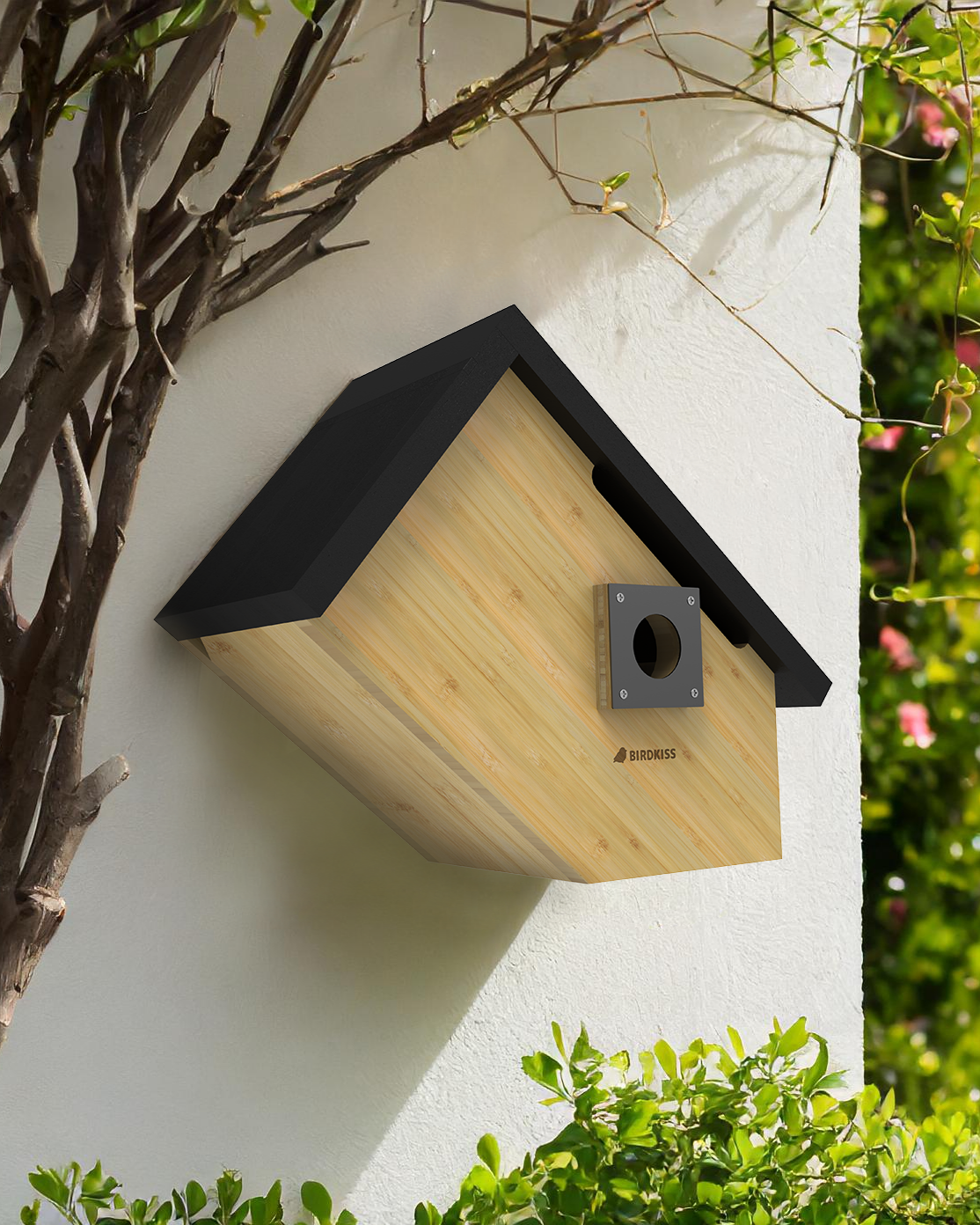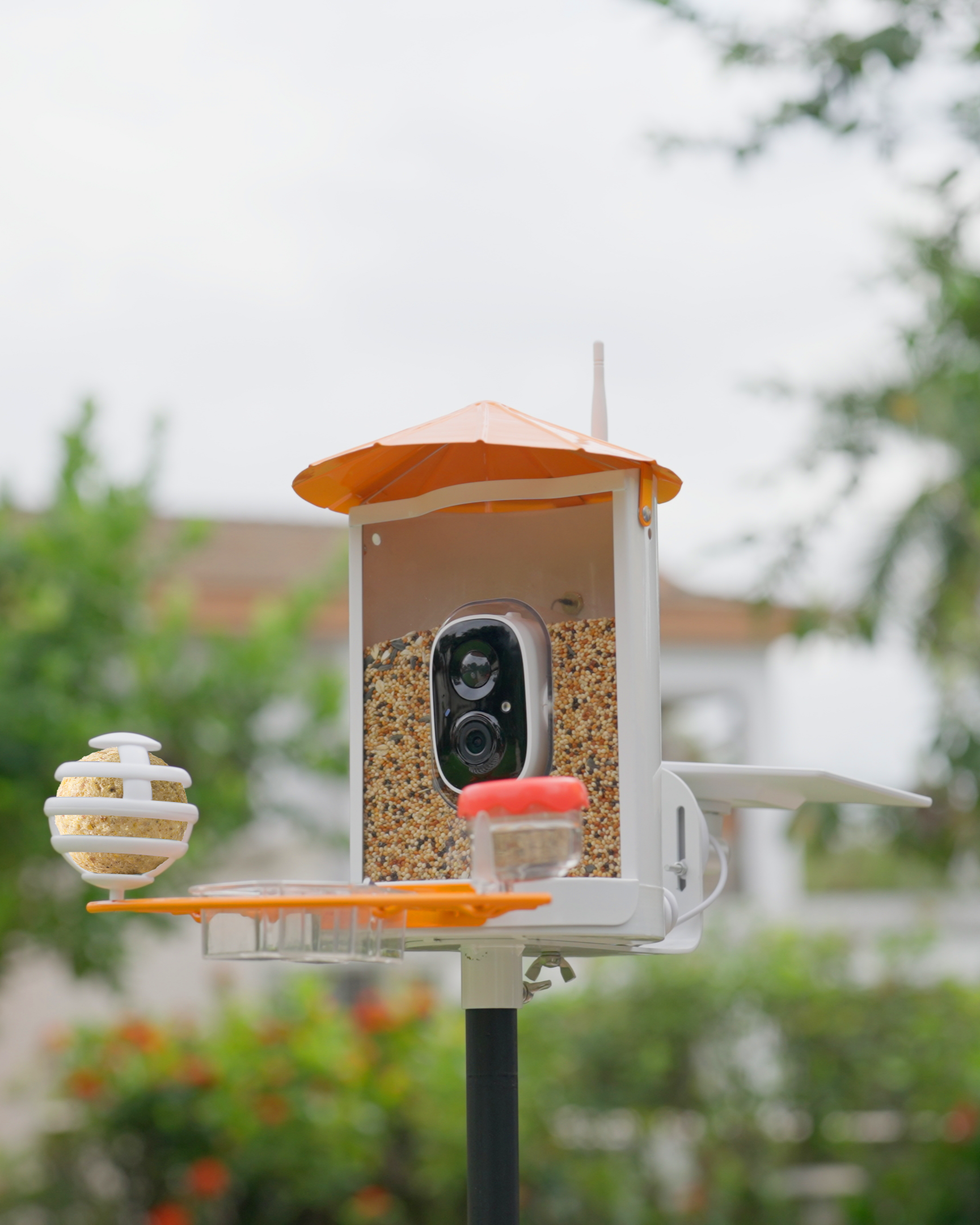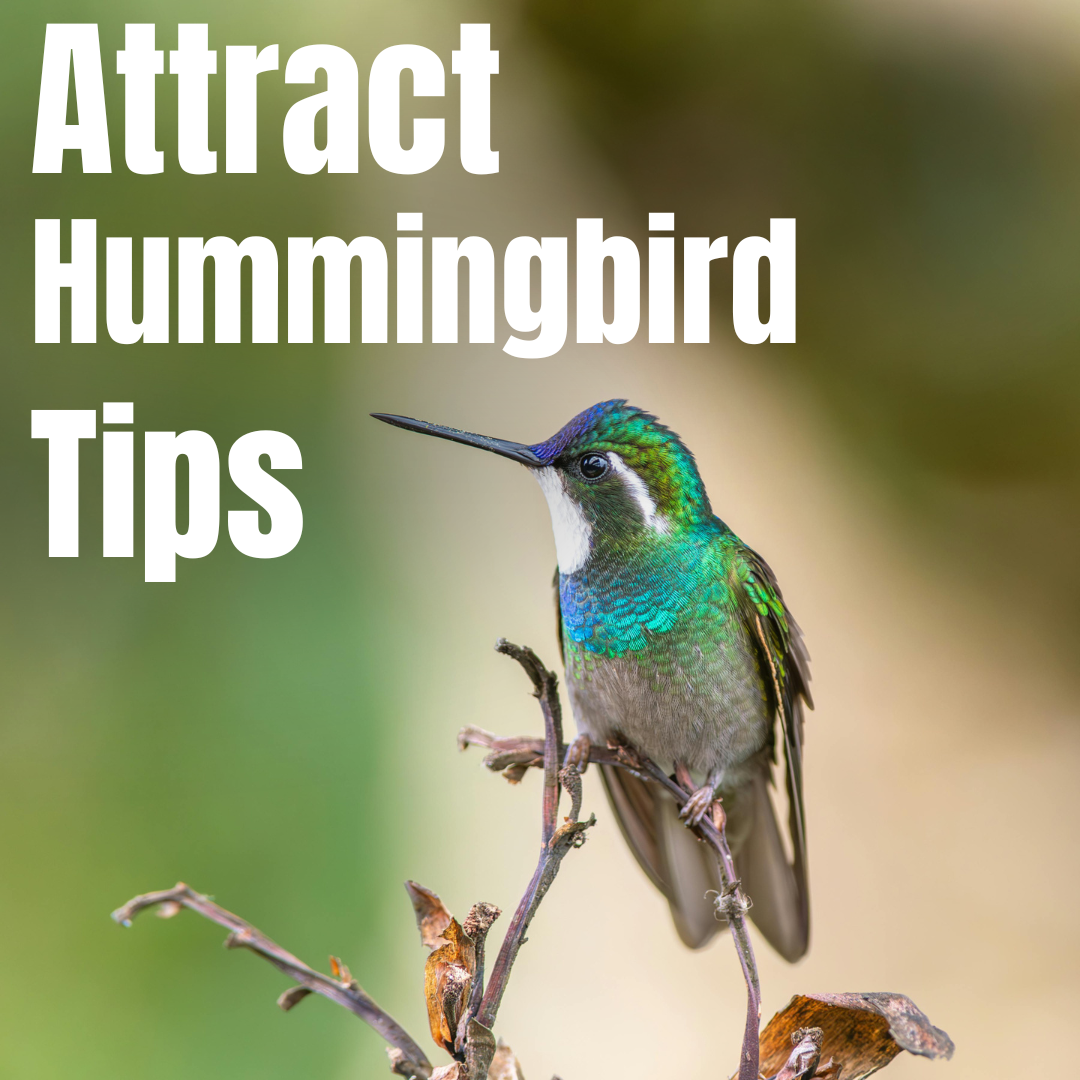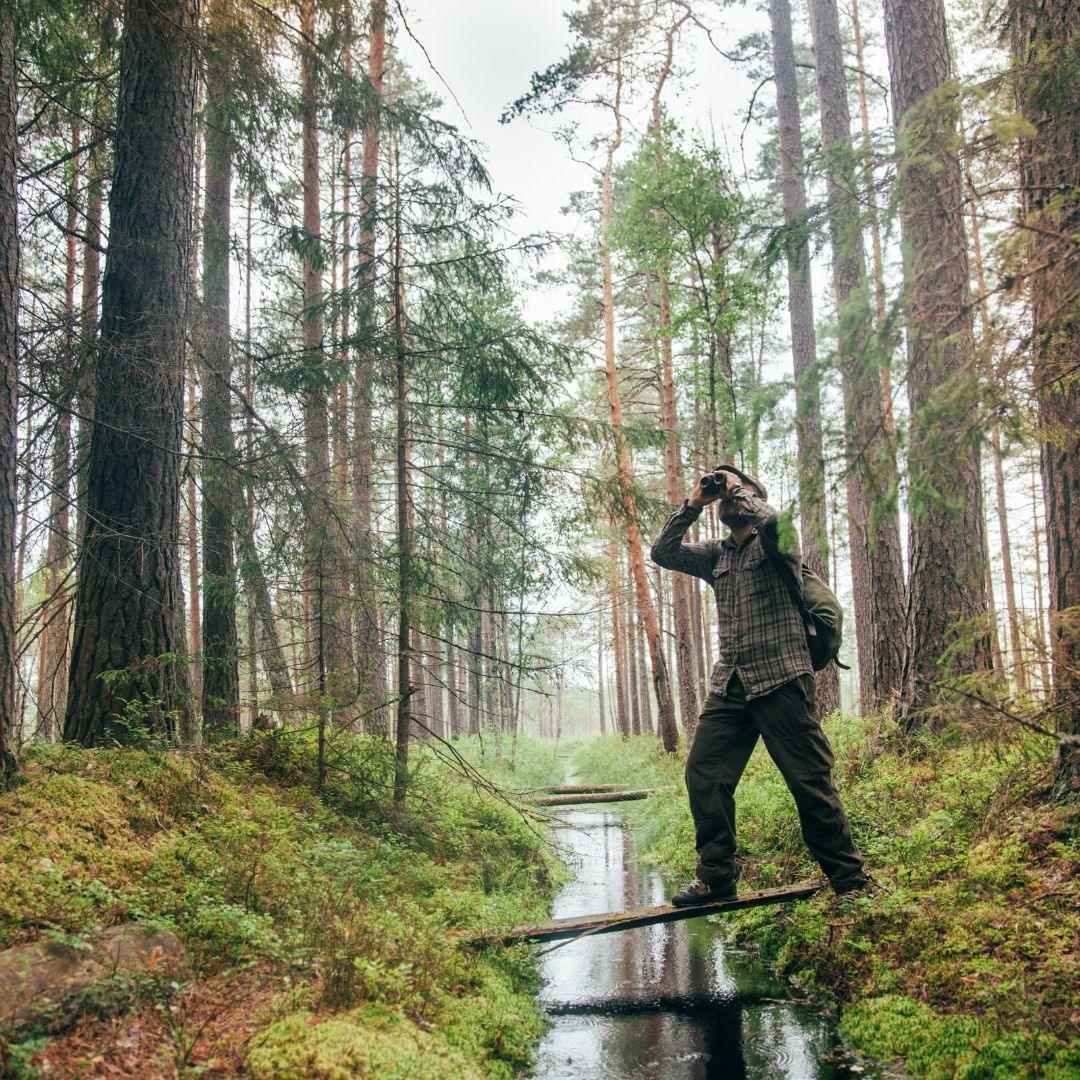There are few garden sights more magical than a hummingbird. These tiny, iridescent jewels zip and hover, bringing a flash of life and energy to your yard. But they aren't just pretty faces; hummingbirds are tireless pollinators with super-charged metabolisms, needing to eat almost constantly.
The good news? Turning your yard into a hummingbird paradise is easier than you think. By providing a few key things, you can attract these fascinating birds and keep them coming back all season long. Here’s how to get started.
1. Plant a Hummingbird Buffet
The number one way to attract hummingbirds is with flowers. They are naturally drawn to blooms that offer a rich supply of nectar.
Think Red and Tubular
Hummingbirds have excellent color vision and are instinctively drawn to the color red, which often signals a high-energy meal. They also prefer flowers with a tubular or trumpet-like shape, which are perfectly designed for their long, slender bills.
Here are a few hummingbird-approved favorites to get you started:
- Bee Balm (Monarda): A classic favorite that comes in shades of red, pink, and purple.
- Honeysuckle (Lonicera): The sweet nectar in these vining flowers is irresistible. (Be sure to choose a native variety, like Trumpet Honeysuckle, not an invasive one).
- Sage (Salvia): This plant family offers a huge variety of colors and sizes, with many producing blooms all summer long.
- Columbine: These cheerful, uniquely shaped flowers are an excellent early-season food source.
- Daylilies: Their big, bold, trumpet-shaped blooms make it easy for hummingbirds to get a drink.
Pro Tip: Plant your flowers in groups or patches. A large cluster of the same flower is a more attractive and efficient food source than single, scattered plants. Also, choose plants with different blooming times to provide a steady supply of nectar from spring through fall.
2. Add a Reliable Nectar Feeder
While flowers are the foundation, a high-quality, well-maintained nectar feeder is your secret weapon. It provides a consistent and easy-to-find food source that hummingbirds will learn to rely on, especially during migration or when flowers are scarce.
The Perfect Recipe (It's Simple!)
You don't need to buy pre-made nectar. The best and safest recipe is one you can make at home:
- Mix 1 part plain white sugar with 4 parts hot water.
- Stir until the sugar is completely dissolved.
- Let it cool completely before filling your feeder.
Important: Never use honey, brown sugar, or artificial sweeteners, as they can be harmful or even fatal to hummingbirds. And skip the red dye! It’s completely unnecessary and the chemicals may be dangerous. A feeder with red parts is all you need to catch their eye.
To learn more about making hummingbird food, feel free to read our dedicated article on the topic here.
3. Create a Five-Star Resort
Food is crucial, but to make hummingbirds truly feel at home, you need to provide a few other amenities.
Keep It Clean
This is the most important rule of using a feeder. A dirty feeder can grow mold and bacteria that can make hummingbirds sick.
- Change the sugar water every 3-4 days, and more often in very hot weather. If it looks cloudy, change it immediately.
- Clean your feeder at least once a week with a solution of hot water and a little white vinegar. Rinse thoroughly before refilling.
Offer a Place to Perch
Hummingbirds spend a lot of time resting and surveying their territory. Make sure your yard has safe places for them to perch, like tree branches, shrubs, or even a clothesline. This gives them a spot to rest between meals and lets you enjoy watching them longer!
Provide a Water Source
Hummingbirds love to bathe, but they won't use a deep birdbath. They prefer a fine mist or shallow, moving water. Try one of these:
- A mister attachment for your hose.
- A solar-powered fountain that creates a gentle spray.
- Arranging plants so that water collects on large leaves after you water them.
4. A Few Final Tips for Success
- Avoid Pesticides: Hummingbirds don’t just eat nectar; they also eat small insects and spiders for essential protein. Using pesticides can poison their food source and the birds themselves.
- Leave the Spiderwebs: Don't be too tidy! Female hummingbirds use spider silk as a key material to build their tiny, flexible nests.
- Give Them Space: Hummingbirds can be very territorial and may chase each other away from a single feeder. If you have a hummer "bully," try placing two or more feeders in your yard where they can't be seen from one another.
- Be Patient: It may take some time for hummingbirds to discover your new garden. But they have incredible memories and will return to the same spots year after year. Once they find you, they’ll be loyal visitors.
By creating a yard that is safe, clean, and full of their favorite things, you’ll be rewarded with the delightful presence of these amazing little birds. Happy birdwatching






Leave a comment
All comments are moderated before being published.
This site is protected by hCaptcha and the hCaptcha Privacy Policy and Terms of Service apply.